Boeing has presented the Australian Air Force with a prototype of a jet-powered drone that they hope will one day fly alongside manned warplanes.


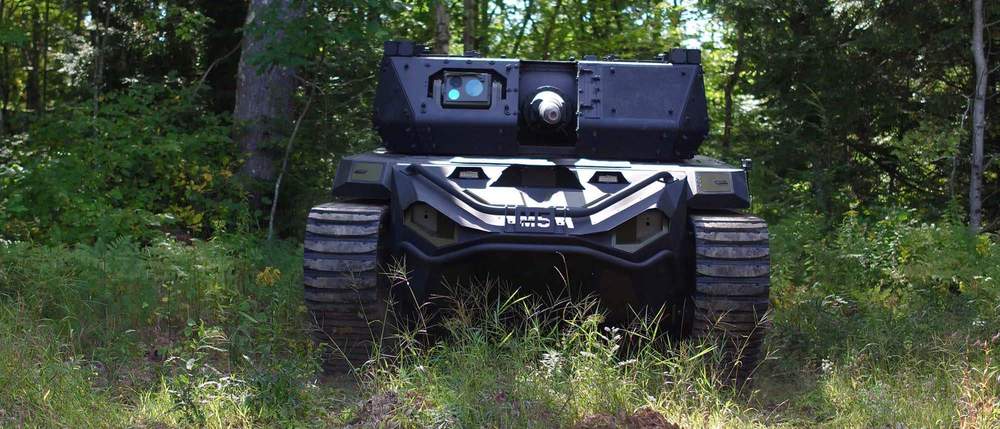
O,.o!
Armed Army robot vehicles conducted reconnaissance, called for indirect fire and then, when directed by human decision-makers, attacked and destroyed enemy targets in a recent experiment designed to assess the technical maturity and readiness of autonomous ground drones.
“We had four robot vehicles conduct a tactical mission while humans were safe in defilade. We built four robots that are refurbished M113 tracked vehicles and we’ve taken two Bradleys — gutted them — and turned them into two control vehicles with all kinds of sensors on them,” Jeff Langhout, Director, Ground Vehicle Systems Center, told reporters in October at the Association of the United States Army Annual Symposium, Washington, D.C.
Langhout explained that the robots engaged in “direct fire” missions when directed by human decision-makers, per existing doctrine requiring a human to be “in the loop” when it comes to using lethal force for attack.
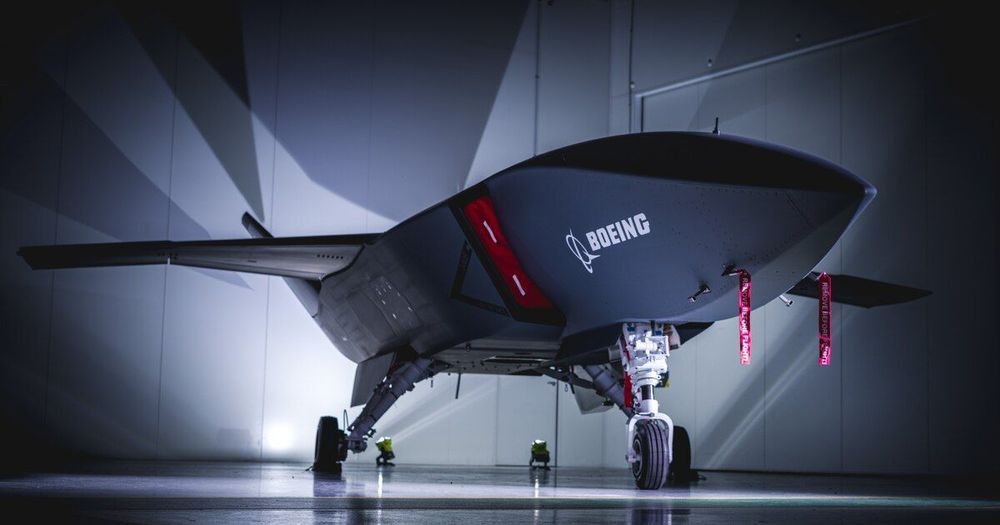
But one of the biggest technical questions still remains: How much data should be transferred from the ATS to the cockpit of the manned aircraft controlling it, and when does that turn into information overload? That question is one Boeing wants to answer more definitively once ATS makes its first flight later this year and moves into its experimentation phase, Arnott said.
“There’s a lot for us to figure out [on] what’s that right level of information feed and direction. One of the great benefits of working with the Royal Australian Air Force is having the real operators [give feedback],” he said. “We don’t have all the answers yet. We have a lot of understanding through our surrogate simulator and surrogate testing that we’re doing, but we will prove that out.”
Boeing first introduced the Airpower Teaming System at the Australian International Airshow at Avalon in February 2019, when the company unveiled a full-scale model. Since then, the company has moved quickly to fabricate the first of three aircraft, completing the fuselage structure this February. In April, the aircraft stood on its own wheels for the first time and powered on.

The drone-maker won the international award for its autonomous drones which have permitted companies to operate efficiently and flexibly despite the absence of workers around the world. The award was given to Percepto by the US-based company Frost and Sullivan, a business consulting firm involved in market research and analysis, for its ‘technological leadership’ in developing unique docking stations that operate independently without the need for a human operator in close proximity.
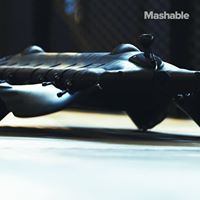
This robot is a drone and a generator that can go on surveillance missions. Is there anything it can’t do?
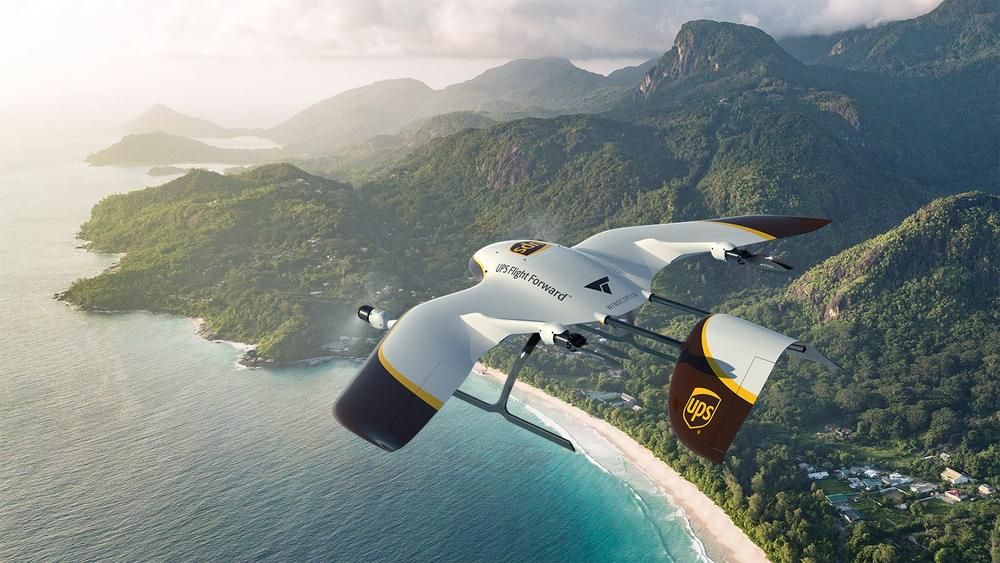
Wingcopter and UPS Flight Forward (UPSFF) are collaborating to develop package delivery drones.
The companies will work toward earning regulatory certification for a Wingcopter unmanned aircraft to make commercial delivery flights in the United States, according to a news release. This partnership represents “a critical step toward building a diverse fleet of drones with varying capabilities to meet even more potential customer needs.”
The Wingcopter drone is capable of vertical takeoff and landing in tight spaces and transitioning to high-speed horizontal flight. Its patented tilt-rotor mechanism enables a seamless transition between the two drone modes—multicopter for hovering and fixed-wing for low-noise forward flight. The aerodynamic drone provides stability even in harsh weather conditions.
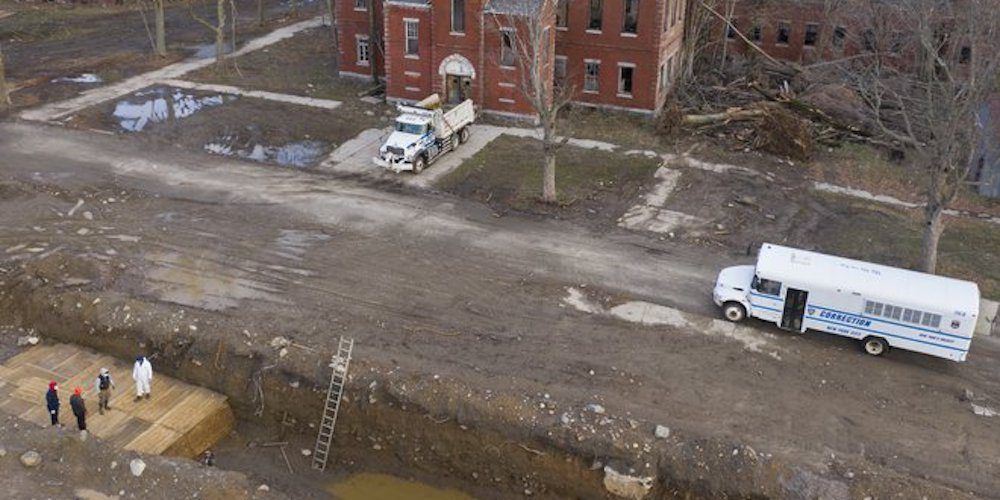
Two weeks ago, the world was stunned by drone photos and videos of mass burials of COVID-19 victims on an island that is part of the Bronx, in New York City. Last week, renowned photographer George Steinmetz set out to capture his own images, but police seized his drone. And now we have more details of how that went down. “These are humans, and they’re basically being treated like they’re toxic waste, like they’re radioactive,” Steinmetz told Gothamist about the people buried on Hart Island. The island has served as a potter’s field for New York’s unclaimed and anonymous dead since the 19th century.
The Department of Correction, which oversees Hart Island, would not provide an exact number of people buried on the island, but a spokesperson said it was as high as 47 people on a single day.
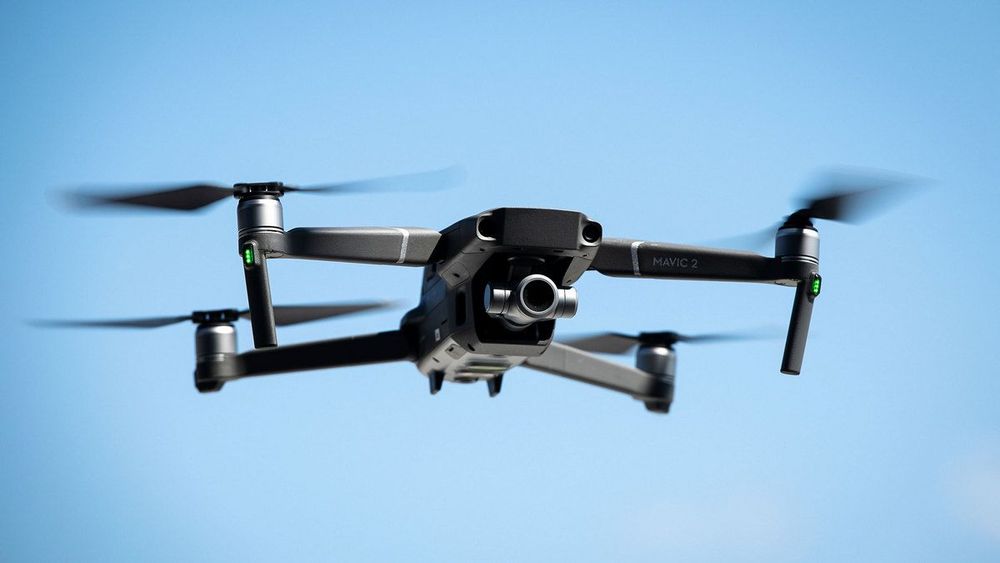
The cost of the sanitiser would be Rs 800, and the Army can turn out 10 pieces a day.
The third innovation is a 3D-printed mask priced at Rs 1,200 apiece. Other products being devised include thermal scanners and anti-aerosalination boxes to keep doctors safe. The boxes are made up of transparent acrylic sheets and kept over patients to protect doctors and other healthcare workers from infection. Holes cut into the box help medical staff administer treatment to the patient without coming into direct contact.
The Army is just one of several sections across Indian society that are trying to chip in for the country’s battle against coronavirus, from scientists who have banded together to bust myths to IITians churning out cost-effective and innovative solutions to ease the burden on the healthcare framework.
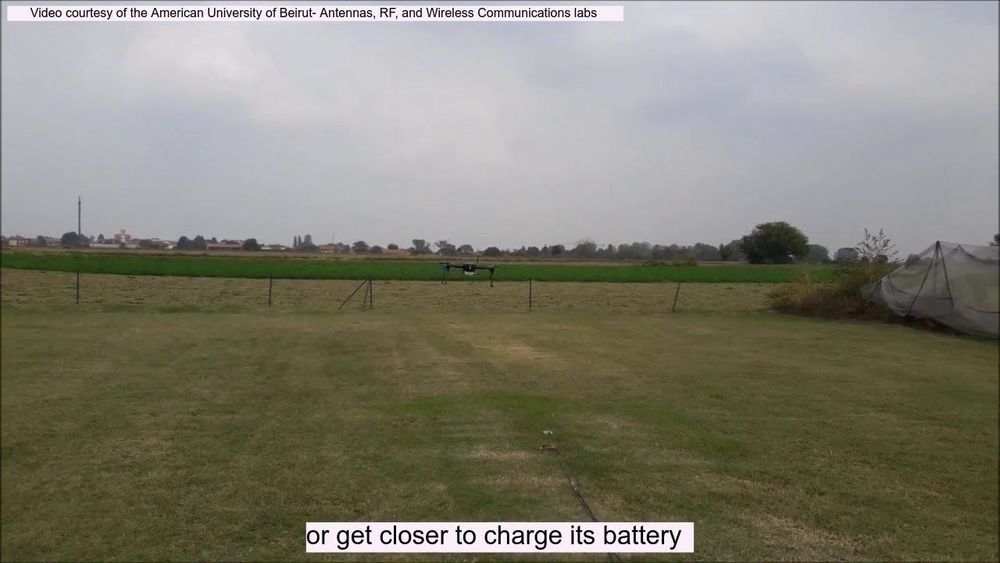
Here’s another neat thing drones can do—beam power across the sky to recharge sensors in hard-to-reach places.
Remote sensors play a valuable role in collecting data—but recharging these devices while they are scattered over vast and isolated areas can be tedious. A new system is designed to make the charging process easier by using unmanned aerial vehicles (UAVs) to deliver power using radio waves during a flyby. A specialized antenna on the sensor harvests the signals and converts them into electricity. The design is described in a study published 23 March in IEEE Sensors Letters.
Joseph Costantine and his colleagues at the American University of Beirut, in partnership with researchers at the Institute of Electronics, Computer, and Telecommunications Engineering in Italy, were exploring ways to remotely charge sensors using radio frequency waves (the same form of energy used to transmit Wi-Fi). However, a major challenge was that the source of the radio waves must be fairly close to the sensor in order to sufficiently charge it.
This prompted the researchers to consider the use of UAVs, which could soar over each sensor. “In addition, a UAV can follow an optimized trajectory that maximizes energy transfer to the sensors in question,” Costantine explains. He says his team developed this system to control and recharge sensors used in agriculture, but that it could be extended to any situation where sensors are deployed in hard-to-reach areas.

Drone attack kills refugees in Syria. It is unclear whether the drones are remotely controlled by humans or whether they drones are autonomous.
“Turkey has launched a deadly drone strike on a refugee camp in Iraq’s northern semi-autonomous Kurdistan region…air defense detected a Turkish drone breaching the Iraqi airspace and firing a rocket on Maxmur refugee camp near the town of Makhmour on Wednesday…Two women were killed in the raid, the statement said. Iraqi media later reported that the death toll had risen to three.”
A Turkish drone strike on a refugee camp in northern Iraq has killed three women, sparking condemnation from Iraqi officials.